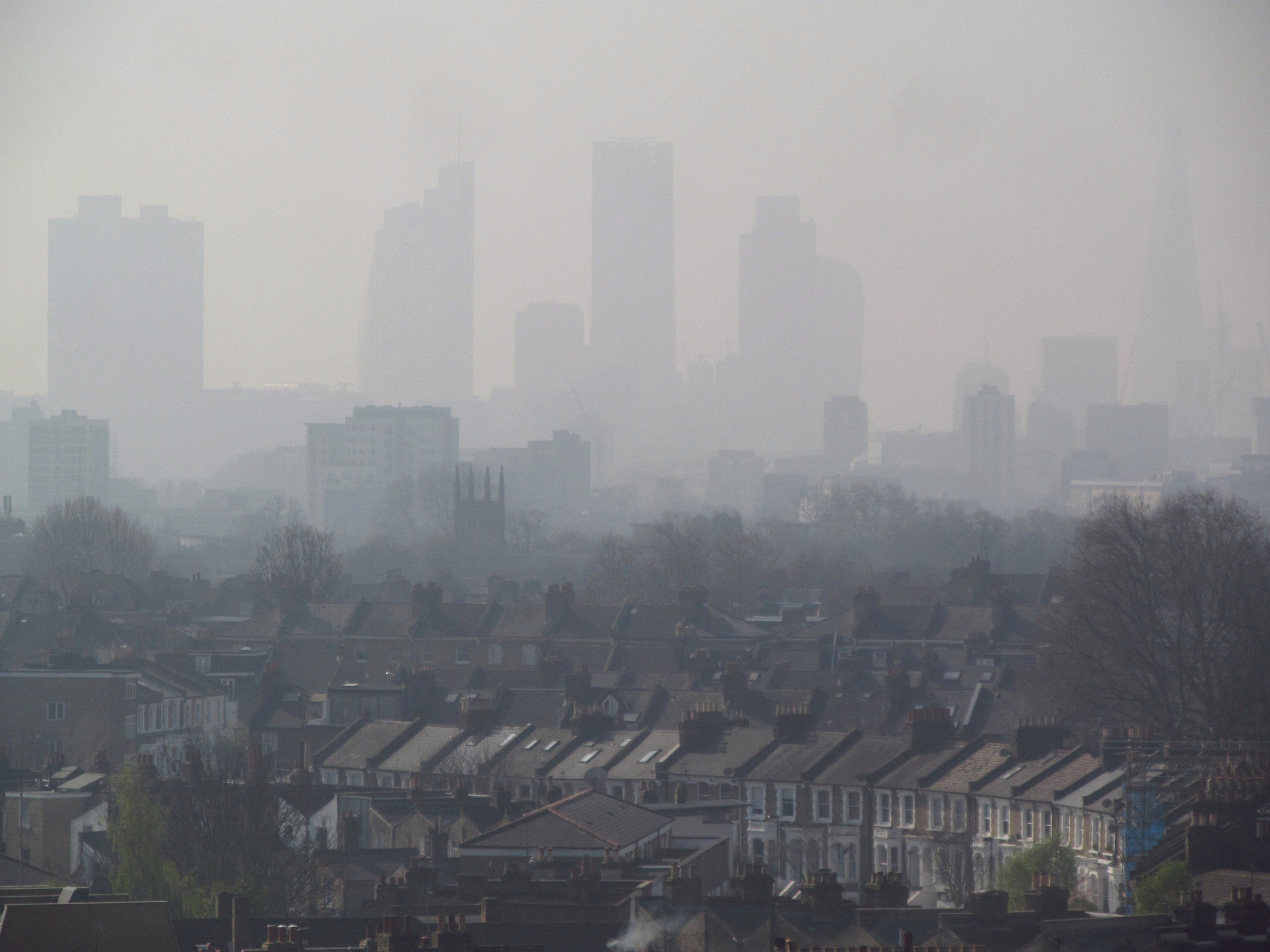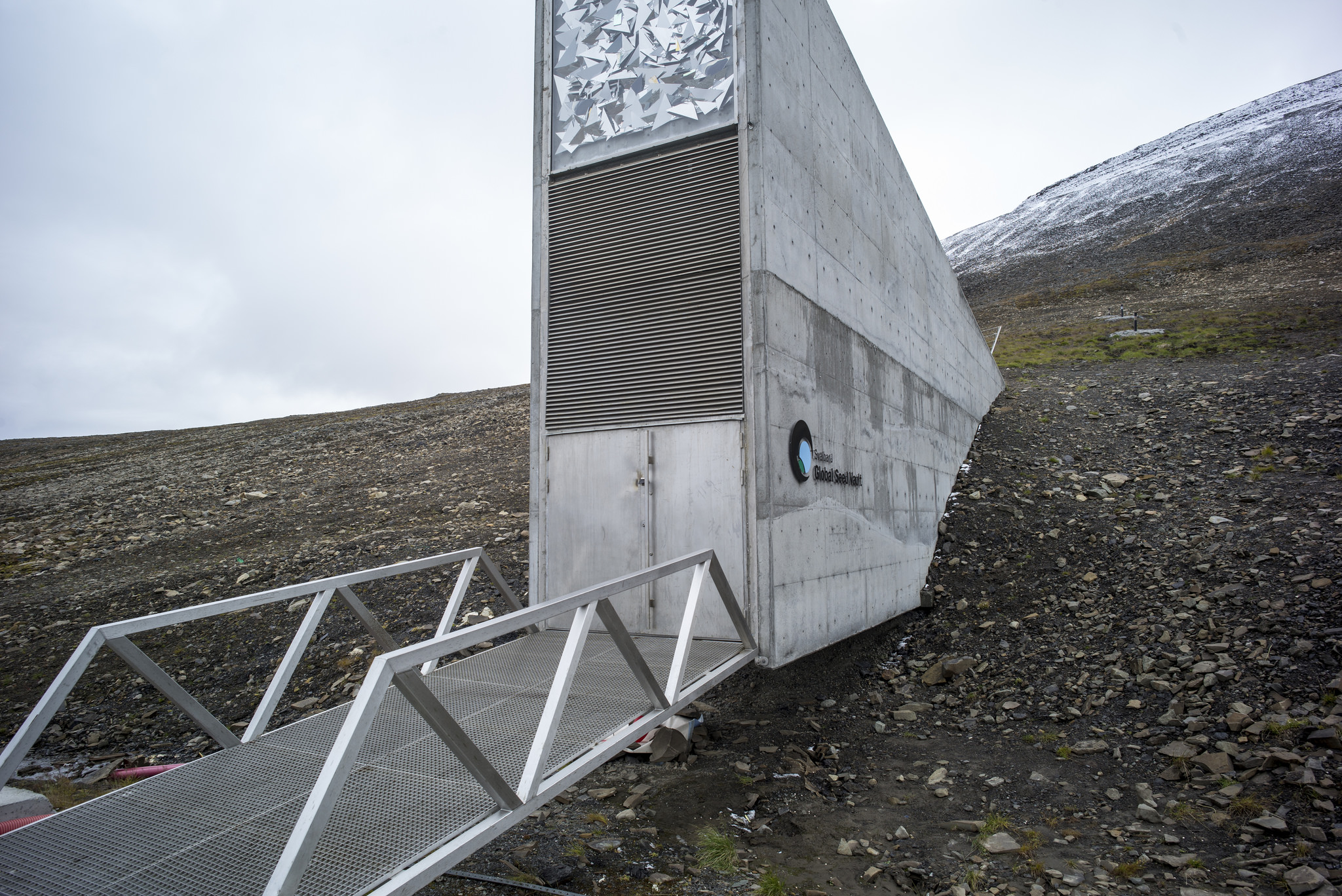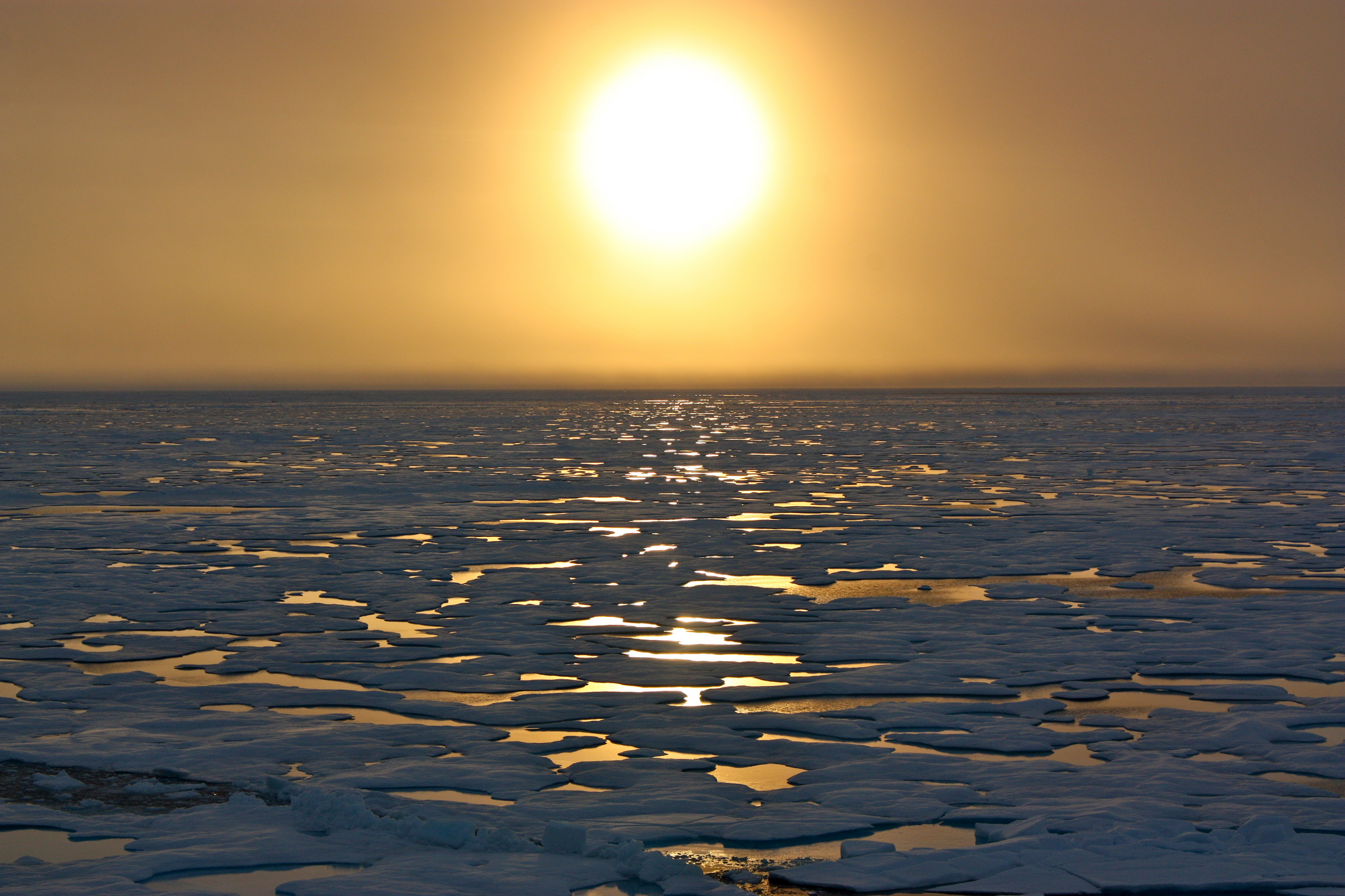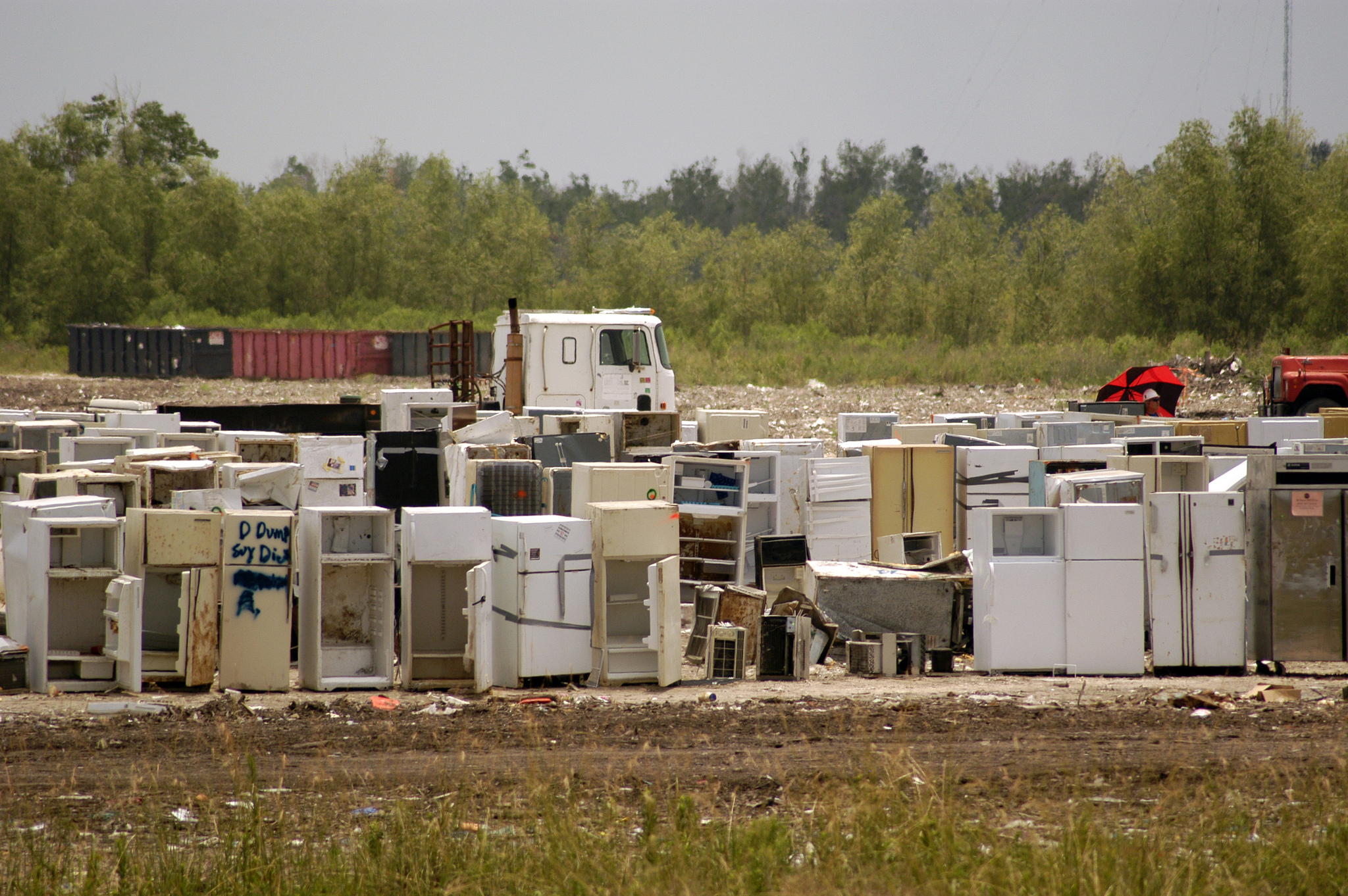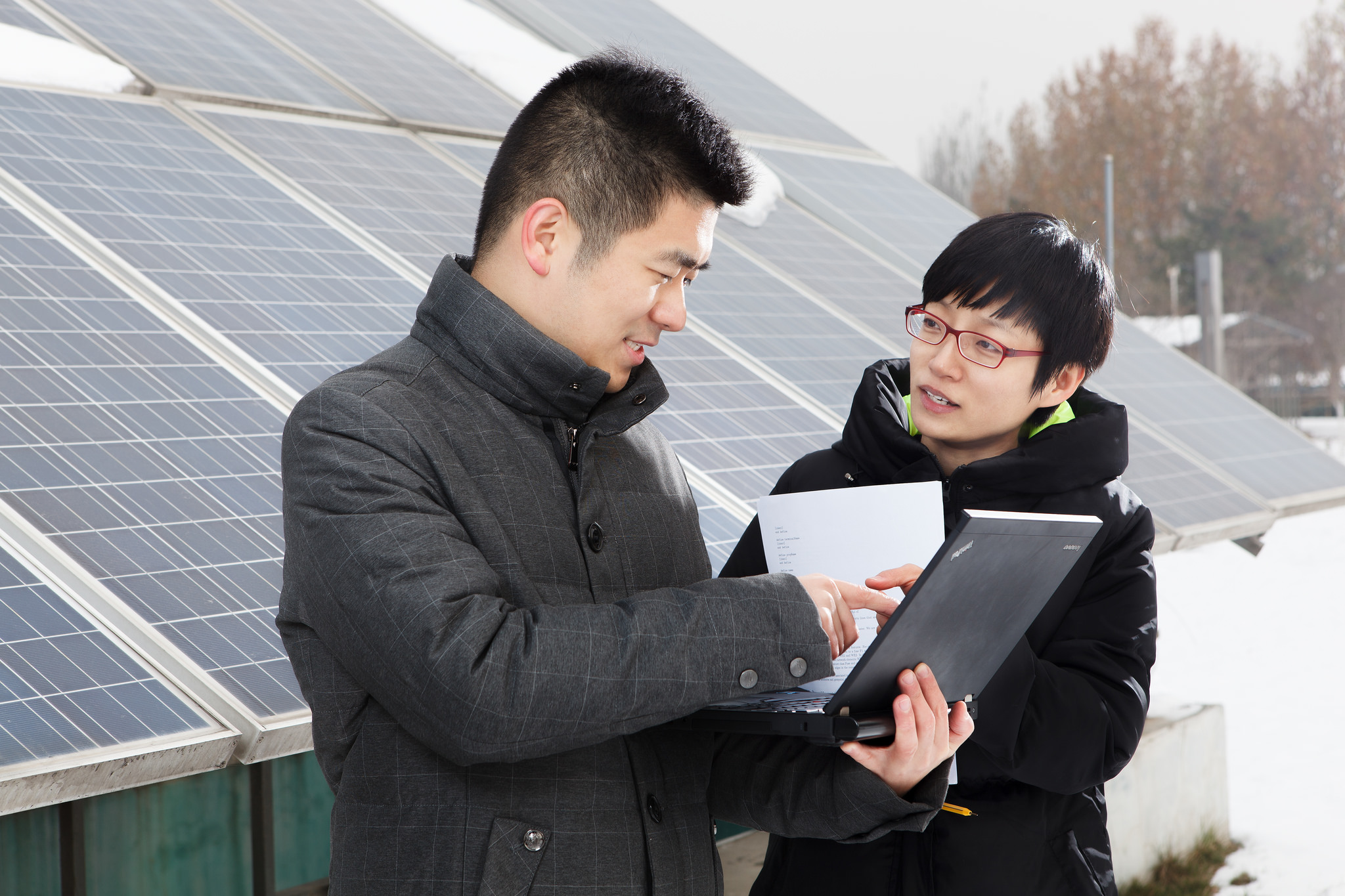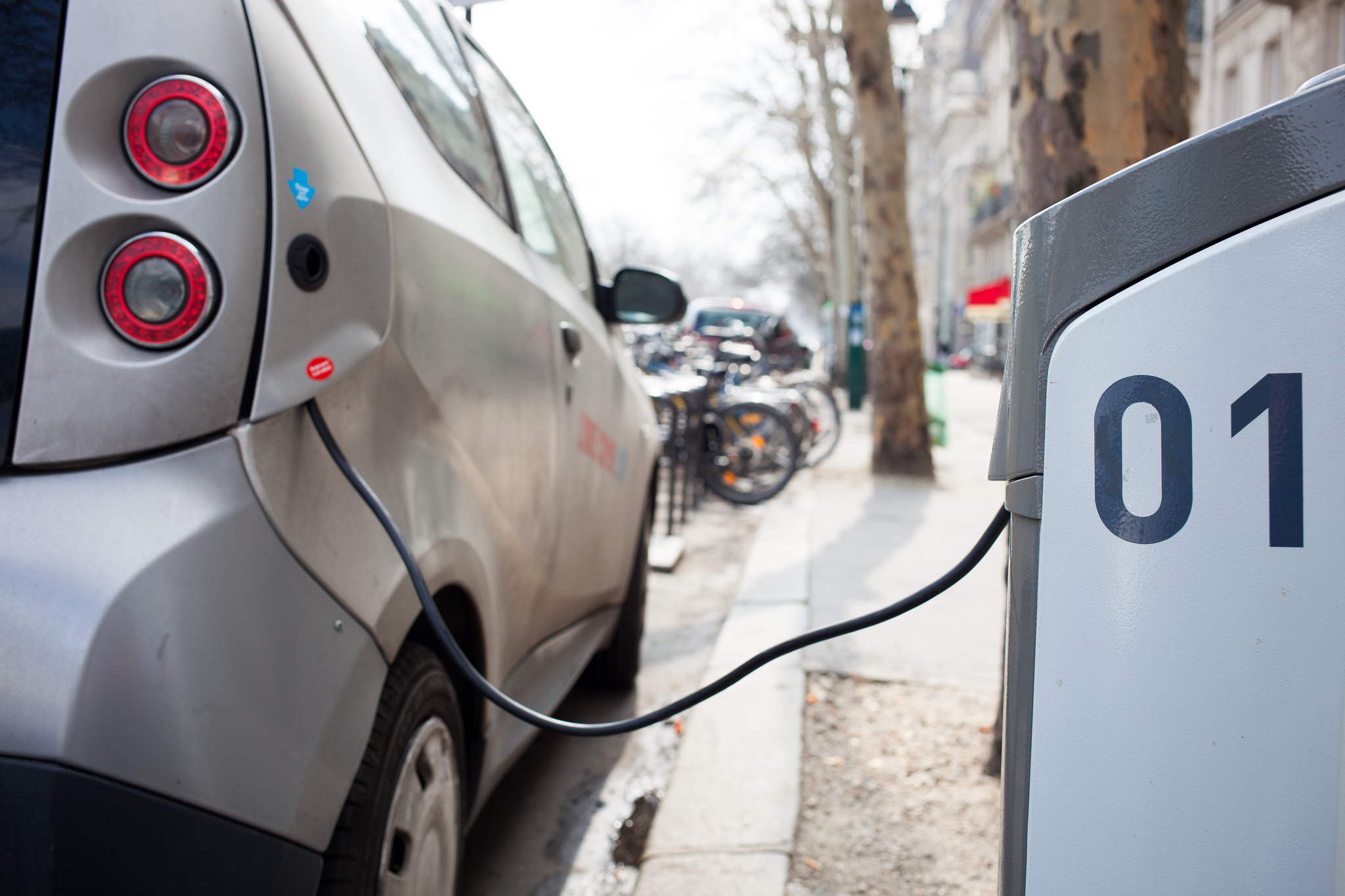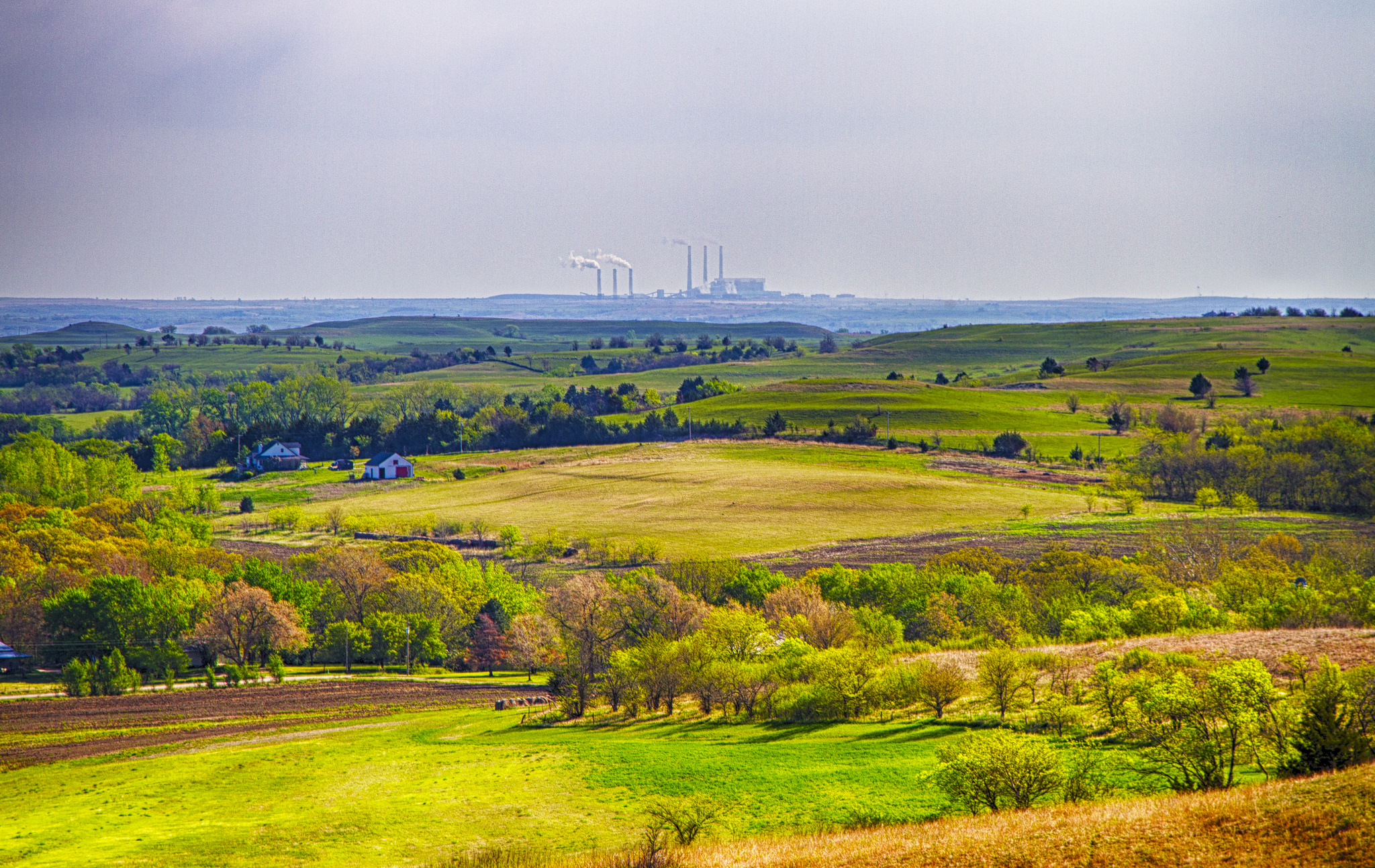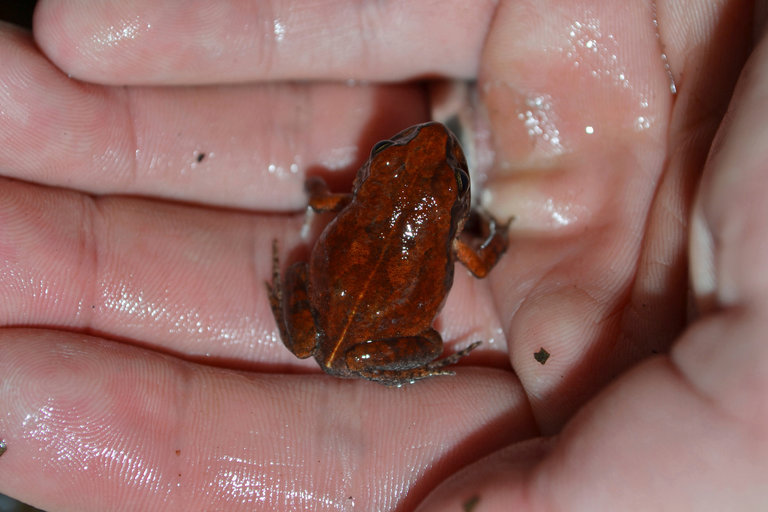Climate Change
Greening Vacations
According to the United Nations World Tourism Organization, more than one billion international tourists travel the world each year. Tourism has become a powerful and transformative force for many millions of people. But all this travel is not as positive for the planet. To that end, the luxury travel network Virtuoso assembled a short, simple list everyone can follow to reduce the environmental impact of their travel.
DNA Analysis of River Water
DNA analysis has become commonplace and inexpensive. Millions of people have their DNA tested to learn about their origins and family connections. And the technology has spread to biological research in the form of Environmental DNA or eDNA, which is such a powerful tool that it is transforming the field of wildlife biology.
The Threat Of Man-Made Earthquakes
According to a new report from the U.S. Geological Survey, millions of people living in Oklahoma and parts of Kansas face significant potential for damaging earthquakes this year as a result of human activity. The only other part of the continental United States facing a similar danger is California, which has natural faults lines slicing through the state.
Cleaning Britain’s Air
According to a new study by the non-profit group Carbon Brief, carbon dioxide emissions in the United Kingdom are at their lowest levels since the 1920s. Four factors are responsible: a record drop in coal use, the rapid growth of renewable energy, the expansion of energy efficiency programs, and the increased use of natural gas for electricity power plants.
The Doomsday Seed Vault
The Svalbard Global Seed Vault, tucked away on a Norwegian island far above the Arctic Circle, is often described as humanity’s last hope against extinction after some global crisis and is popularly known as the “Doomsday Vault.” Although its mission is to keep the world’s seeds safe, it wasn’t actually created to reseed the planet after a world-wide catastrophe.
Saving Bees With Software
The worldwide decline in the population of bees and other pollinators has impelled farmers to do what they can to encourage and nurture bees on their land. Protecting bees is important because pollinators are essential for growing many foods including coffee, cacao, almonds and many other fruits and vegetables.
New York’s Solar Boom
New York Governor Andrew Cuomo recently announced that the state’s support for solar power initiatives has resulted in an 800% increase in industry growth since 2011. New York’s various renewable energy programs have resulted in $1.5 billion in investments. The NY-Sun Initiative has produce a 10-fold increase in solar projects in several regions of the state. The Mohawk Valley led the way with an almost 16-fold increase in solar capacity.
Arguing Against Climate Change
Most of the world has accepted the analysis of the overwhelming majority of climate scientists that shows that our planet is warming and that our actions are the primary cause. However, some people – notably a number holding high office – reject this analysis. What exactly does it imply to say that climate change is not happening or is not caused by us?
Islands Ditching Diesel
Islands around the world have a difficult time developing the infrastructure for electricity generation. Many are simply too small or too poor for conventional power plants. The most common electricity source on islands is diesel generators which are not environmentally friendly and result in some of the most expensive electricity in the world.
Wildlife Rediscoveries
We recently brought you the rediscovery story of cave squeakers. These tiny frogs, known for their high-pitched whistling calls, were native to the mountainous region of eastern Zimbabwe but had not been seen since 1962. That all changed in late 2016, when researchers found four cave squeakers, confirming that after 58 years the species was not extinct. Cave squeakers remain critically endangered according to the IUCN’s Red List of Endangered Species.
Climate-Friendly Refrigerants
In 1988, President Reagan signed the Montreal Protocol, which banned CFC refrigerants like Freon in air conditioners and refrigerators. The chlorofluorocarbons were the cause of a giant hole in the ozone layer, which has been shrinking ever since the ban. Unfortunately, the chemicals that replaced CFCs – hydrofluorocarbons or HFCs – have their own major problem: they are a seriously bad greenhouse gas, far worse than carbon dioxide. Last fall, an international agreement was reached by over 170 countries to reduce and eventually replace HFCs, which included 100 developing countries like China and India where air conditioning use is growing fastest.
Ocean Oxygen Levels
When we think of global climate change, what comes to mind? Rising seas? Melting glaciers? Shrinking sea ice? How about diminishing ocean oxygen levels?
Solar Power In China
Installations of solar power continue to increase rapidly around the world and in no place more than China. By the end of 2016, total solar generating capacity in China reached 77.4 gigawatts, making it the largest producer of solar energy in the world. Globally, there is a total of 228 gigawatts of solar power installed, although that number keeps changing rapidly.
Volcano Power
Geothermal energy uses the heat trapped beneath the Earth’s surface to generate electricity. Typically, geothermal energy plants tap into the steam from natural sources such as geysers, or they draw water from hot, high-pressure underground sources. The hot vapors are then used to drive electric turbines.
Europe’s E-Mobility
With the arrival of the Chevy Bolt and the long waiting list for the forthcoming Tesla 3, there is starting to be some momentum for electric cars in the United States. But we are still well behind Europe in terms of the significant growth of so-called e-mobility.
Wind Surpasses Water
For many decades, hydroelectric dams were the top source of renewable energy in the United States. But for the first time ever, by the end of last year, installed wind power capacity in the U.S. outpaced hydroelectric capacity.
Coal Plants And Fish
High levels of an element found in coal ash have been detected in fish in two lakes where Duke Energy coal-fired power plants are located, according to a peer-reviewed study at Duke University. The element, selenium, occurs naturally but is concentrated in coal ash.




